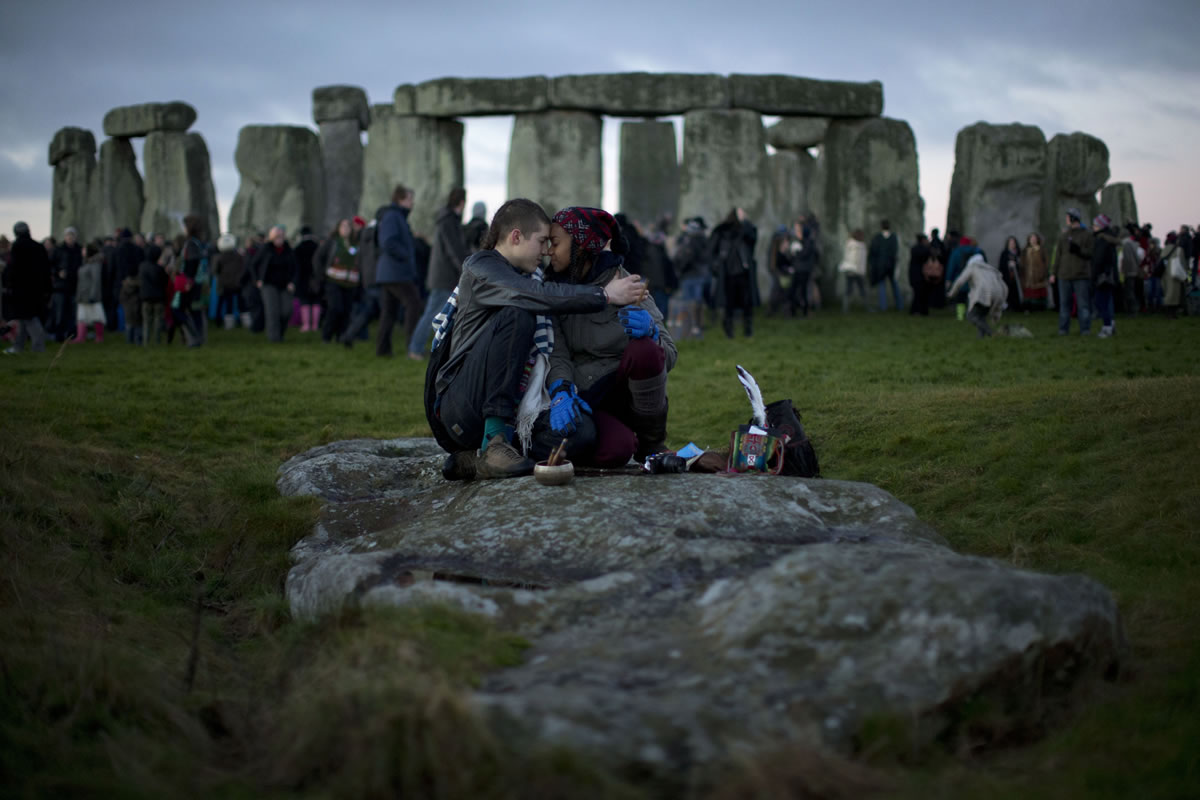LONDON — British researchers have proposed a new theory for the origins of Stonehenge: It may have started as a giant burial ground for elite families around 3,000 B.C.
New studies of cremated human remains excavated from the site suggest that about 500 years before the Stonehenge we know today was built, a larger stone circle was erected at the same site as a community graveyard, researchers said Saturday.
“These were men, women, children, so presumably family groups,” University College London professor Mike Parker Pearson, who led the team, said. “We’d thought that maybe it was a place where a dynasty of kings was buried, but this seemed to be much more of a community, a different kind of power structure.”
Parker Pearson said archeologists studied the cremated bones of 63 individuals, and believed that they were buried around 3,000 B.C. The location of many of the cremated bodies was originally marked by bluestones, he said. That earlier circular enclosure, which measured around 300 feet across, could have been the burial ground for about 200 more people, Parker Pearson said.



